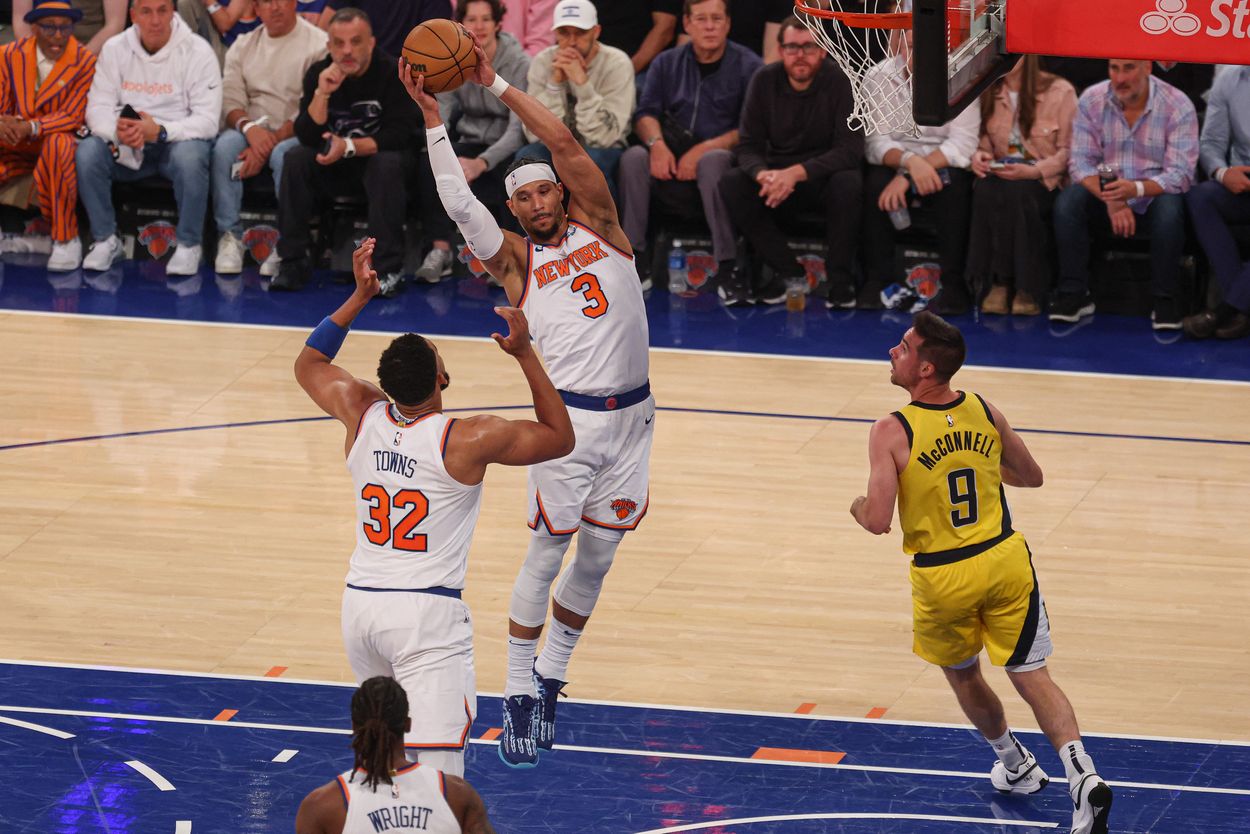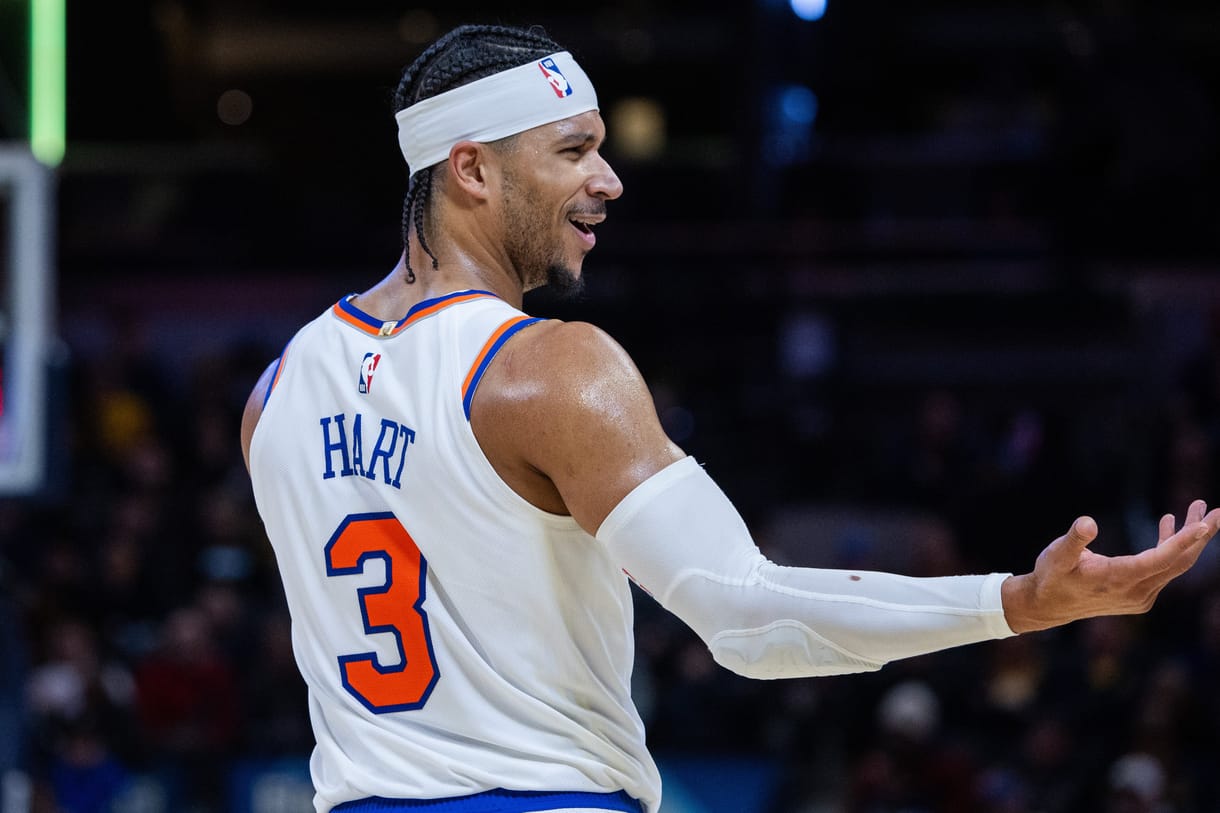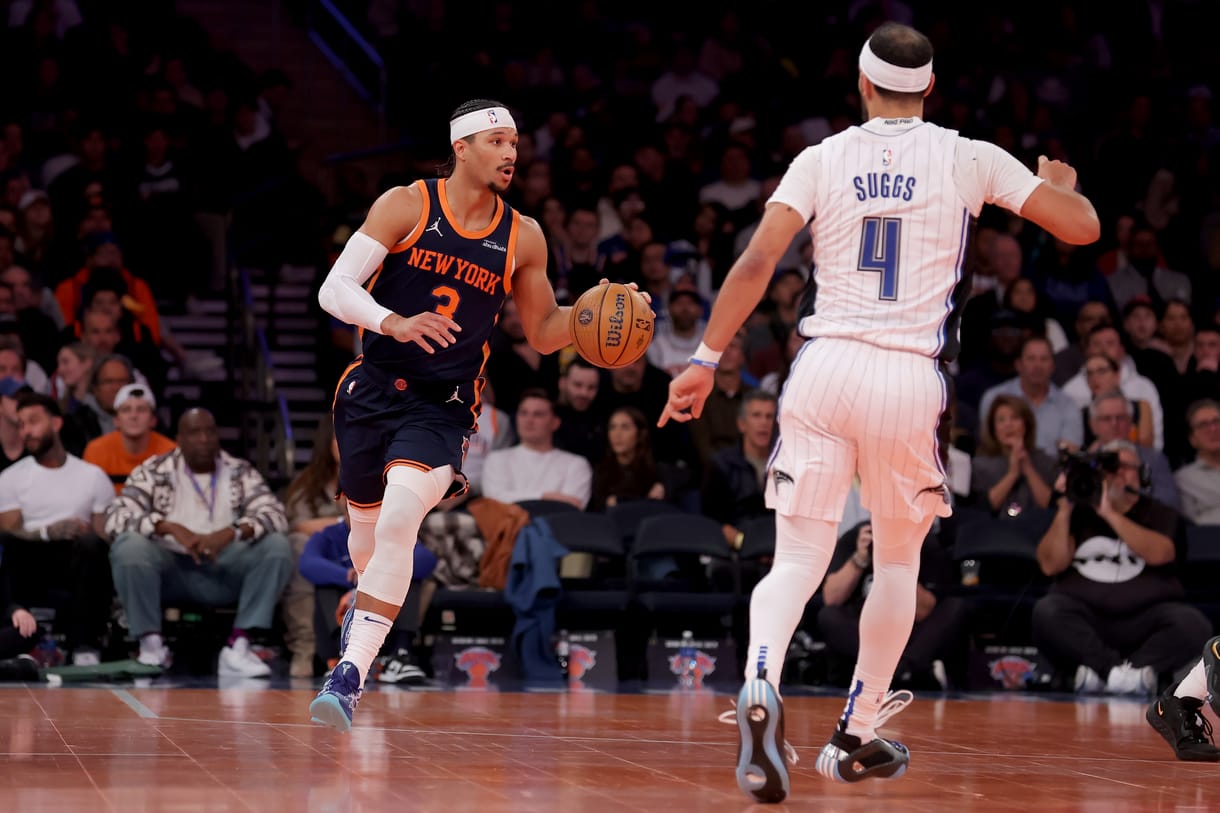
The New York Knicks are stepping into the 2025–26 season with more than just a new head coach. Mike Brown isn’t only changing the way this team plays on offense — he’s reshaping its identity through rotation and workload. For a group that has historically leaned too heavily on its stars, the recalibration may be exactly what they need to last deep into the spring.
The Mitchell Robinson factor
One of the most notable adjustments could come in the starting five, where Mitchell Robinson is expected to reclaim his role as the team’s primary defensive anchor. Robinson’s ability to patrol the paint and protect the rim allows the Knicks to settle into a more traditional lineup, one where his presence inside dictates opposing game plans.
With Robinson back healthy, the Knicks gain the luxury of shifting players into more natural roles. That domino effect lands squarely on Josh Hart, whose relentless energy has made him a fan favorite but also a victim of overuse.

Why Josh Hart fits as the sixth man
Last season, Hart was stretched to his limits, averaging a career-high 37.6 minutes per game. His production remained strong — 13.6 points, 9.6 rebounds, and 5.9 assists — but by the time the Knicks reached the Eastern Conference Finals, his tank was running empty. The heavy workload left him diminished when the team needed him most.
Brown’s system could solve that. By sliding Hart into a sixth-man role, the Knicks unlock a dynamic weapon off the bench. Few players in the NBA can swing momentum the way Hart does with his blend of toughness, versatility, and hustle. He can attack the boards like a big, defend multiple positions, and inject instant offense when the starters rest.
Think of Hart as a spark plug in a high-performance engine — he doesn’t need to run nonstop to keep the car moving, but when deployed at the right time, he can provide the exact burst needed to turn a game.
The strategic advantage
This move isn’t about limiting Hart — it’s about maximizing him. Brown has already emphasized the importance of watching minutes to preserve players for the postseason grind. Hart is the perfect example. Keeping him fresher allows him to play at his trademark high-energy pace without fear of burnout.
In this role, Hart becomes the glue for the second unit while still maintaining the flexibility to step into the starting lineup when injuries inevitably arise. His ability to adapt to different roles gives the Knicks insurance without compromising his impact.

What it means for the Knicks’ identity
The Knicks have long been known as a grind-it-out team, but with Brown’s approach, they’ll also be a team built on balance. Hart’s transition into a sixth-man role symbolizes that philosophy — no longer overextending one player to cover gaps but instead using depth and versatility to their advantage.
For Hart, it’s an adjustment that could extend his peak years and make him even more valuable in high-leverage playoff moments. For the Knicks, it’s a chance to keep one of their most important players healthy and at his best when the season truly matters.
